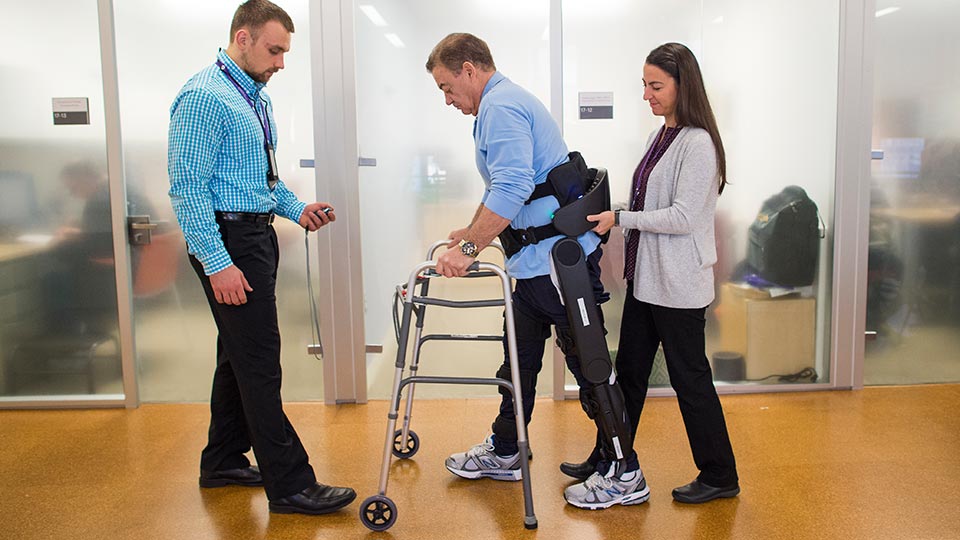
The annual World Spinal Cord Injury Day takes place on the 5 September with the aim of increasing the public awareness of spinal cord injury. This year’s theme is COVID-19 and staying healthy with the help of telehealth. Scott Buxton explains more.
Spinal cord injury is damage to the spinal cord – 90% of spinal cord injuries are caused by trauma and a further 10% by diseases such as cancer. There aren’t any reliable figures which tell us exactly how many people are living with spinal cord injury worldwide, however it is estimated that the global annual incidence is between 40-80 people per million, with this injury commonly occurs in men aged 20-29.
The level of disability a person living with a spinal cord injury experiences depends on the severity and location of damage on the spinal cord. Broadly speaking there are two types of injury: incomplete and complete.
Mortality risk is highest in the first year of injury and still remains higher than the general population and it’s estimated that people with spinal cord injury are 2-5 times more likely to die prematurely.
The risk of death increases due to a number of factors and is largely influenced by access to specialist healthcare and ability to manage preventable secondary conditions. These secondary conditions are no longer an issue for people living in high-income countries but they still are for those living in low- and middle-income countries.
Secondary complications include pressure ulcers, deep vein thrombosis and respiratory complications, all of which are also known complications of the COVID-19 pandemic. All of these complications are usually prevented through access to specialist equipment and participating in exercise, both of which have been challenging to access for the past 18 months.
Social distancing, lockdowns and overwhelmed acute hospital services mean that crucial rehabilitation facilities and staff have been redeployed during the pandemic and people with spinal cord have had to look for other ways to access health services. As with many other long term conditions telehealth has become the default solution for accessing health services during this difficult time.
It’s estimated that there has been a 25% increase in the use of telehealth by healthcare professionals who treat people with spinal cord injuries during the pandemic, however 60% of them feel that the technology doesn’t meet their patients’ needs. This is in contrast to primary care clinicians who are involved in managing other health conditions of those living with spinal cord injury who feel it does meet most of their patients needs. It’s possible that this difference highlights the inherent complexities and limitations involved in managing spinal cord injury.
Either way, at this time, telehealth offers a lifeline to people living with spinal cord injury and although work needs to be done to improve it.
Things to do on world spinal cord injury day
If you are looking for more, check out the following resources from the Rehabilitation Resource Repository: